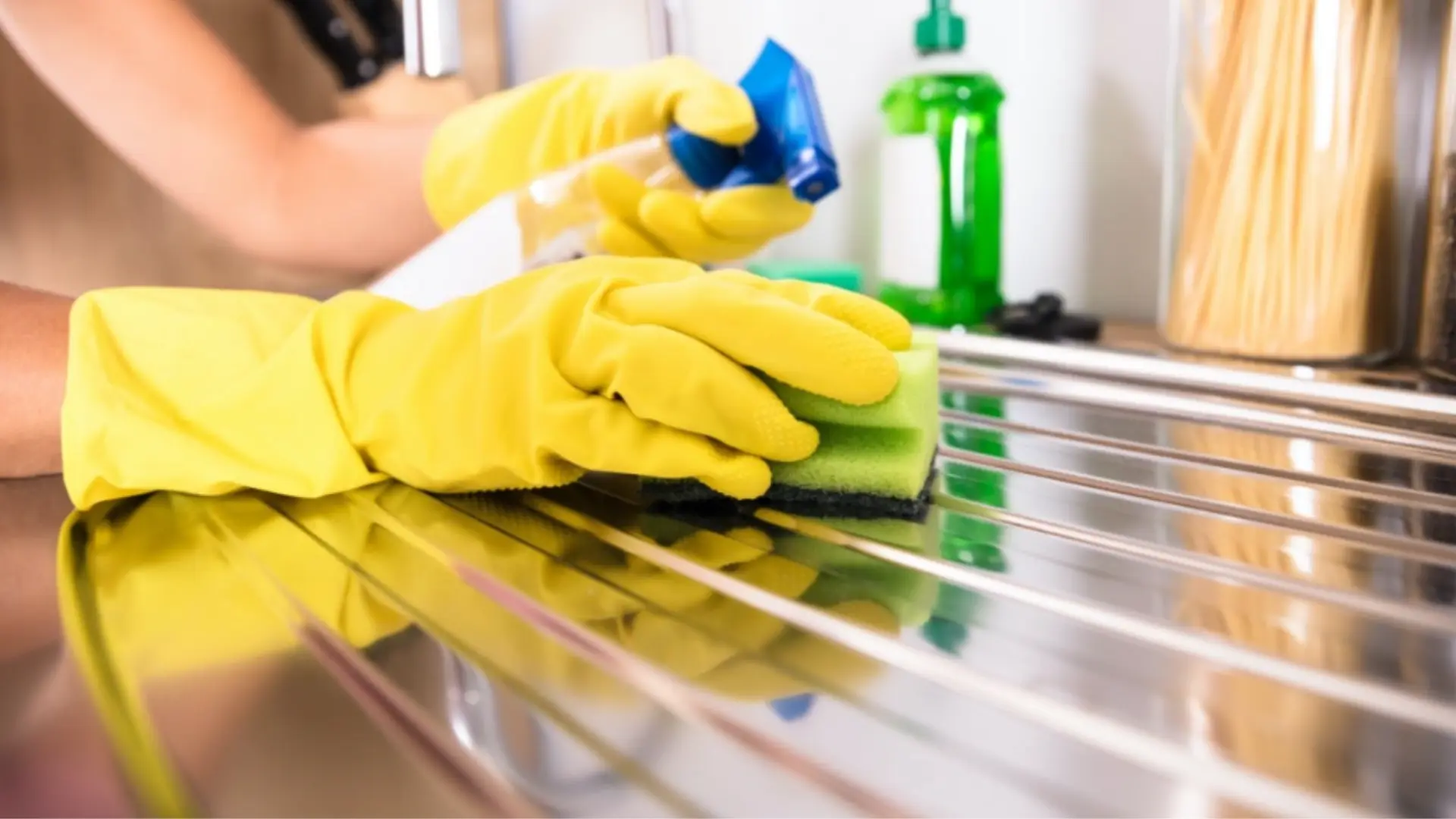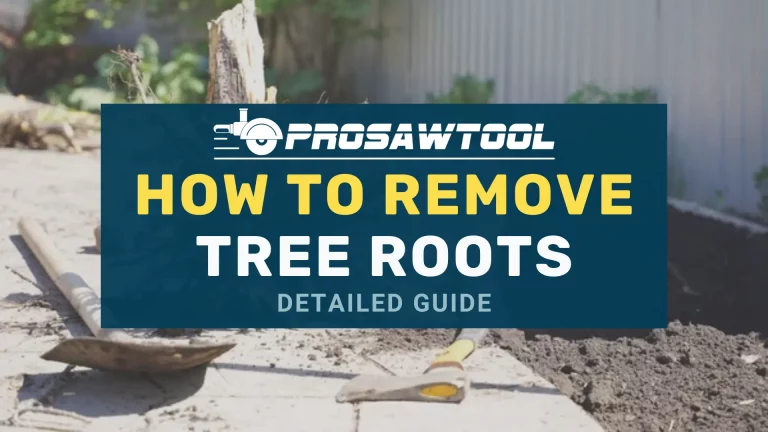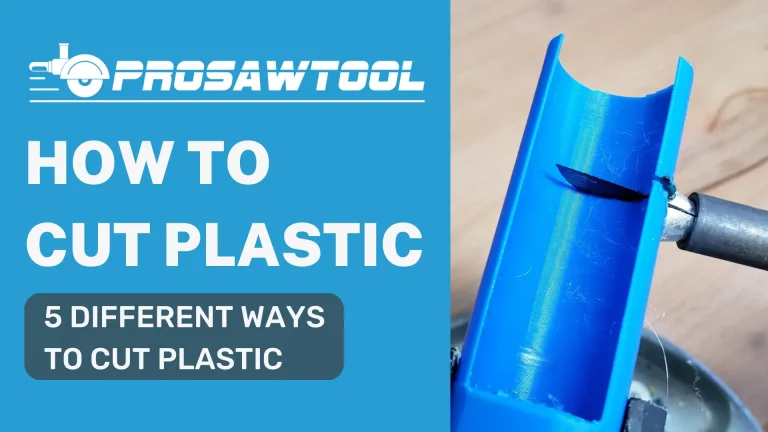How to Clean Stainless Steel? 2024
Most people prefer using stainless steel tools due to their extreme corrosion-resistant features. However, as fruitful as it is for us, stainless steel should be cleaned and maintained properly. You must know how to clean stainless steel for preventing oxidation or staining of any sort because the more stains you have, the more adverse impact it’ll get.

If the surface has been under repeated mechanical damage then the tools will possess faster degradation. You must undergo routine cleaning as well as deep cleaning for keeping them safe and sound. We’ll be suggesting different ways of stainless steel cleaning to use it for a longer run.
Two Best Ways for Cleaning Stainless Steel
If you’re a true handyman who loves working with different tools then cleaning and maintaining them would also be your passion. Regardless of the material, it is made from, you are required to handle it with proper care. Here are some of our methods of stainless steel cleaning.
1. Routine Stainless Steel Cleaning

For preserving the strength and performance of your tool, it is important to clean the stainless steel surface on a regular method or immediately after use. Moreover, this should also be done to conserve the way your tool looks, avoiding rustiness (have a look at the guide, how you can remove the rust effectively). Your stainless steel tools won’t get any corrosion if you do some high-grade maintenance steps.
Moreover, maintenance is also necessary because of the constant contact of tools with harmful chemicals. However, when tools are neglected, they can spread heavily on other weak surfaces. You should be performing the following steps after every six months. Get a nylon brush with a soft bristle and remove any mud or dirt particles stuck on your tool. After that just wash them with any dish soap and rinse them with clean running water. Before keeping it back in your toolbox, dab it with the dry cloth or run an air blower over it for a few minutes.
2. Specific Stainless Steel Cleaning
There are many signs that it might be the time to deep clean your stainless steel tools. It may be the corrosion building up or the surface are discoloring for which the routine cleaning won’t be successful. Following ways of cleaning stainless steel are specifically designated for specific damages.

Fingerprints
You may have given your tools to your neighbor and since he doesn’t know how to handle it, it must have got some fingerprints left. Just use any light detergent or dish soap and wash the tools with warm water. You can also clean these fingerprints by using industrial solvents.
Oil and grease marks
All those oil and grease can be removed by using any acetone, isopropyl alcohol like nail polish remover, or spirit. Just apply it evenly on the surface and wipe it with any silk cloth until it’s left without any mark or stickiness.
Burnt-on stains
Most tools come in contact with flames that tend to make them burn. Just soak the tools in the mixture of ammonia or hot water. While it is soaking just clean off the burnt surface with a nylon brush.
Moreover, if the stains are stubborn then you can use abrasive powder without scratching any part and clean it later on.
Coffee stains
Coffee stains are among the most famous damage that people tend to have with stainless steel tools. You can just use any light but effective non-abrasive cleansers which can be applied evenly with a soft sponge. Let it sit for a while and then clean it with tap water. Finally, you can soak it in a mixture of baking soda and warm water to get rid of any remaining stains.
Tea stains

Similar to coffee you can also soak the tools with tea stains. But this time you should use washing soda and warm water mixture and if your tools are big then instead of soaking you can dab the mixture on the surface with a cloth.
Localized rust stains
You might have undergone flooding in your garage damaging your toolbox. If you didn’t get a chance to save them they may develop rust stains. Get a soft cloth and spread the oxalic acid solution on the surface. After that, you can let this solution rest for a while and it will absorb all contaminating particles. Later, you should rinse the tools with clean water to get rid of any residue.
Cement Splashes
Sometimes when you’re working on DIY projects at home then you often get splashes of paints and cement on the tools. You can just get rid of these splashes by mixing quarter parts acid-base solution with one part warm water. You can apply this solution evenly and you have to wait at least half an hour for it to get neutralized with diluted ammonia. After that, you can just wash it off with clean water.
Graffiti Damage
Sometimes your tools get in the hands of naughty kids of your neighbor and they get graffiti stains all over the surface. These stains can also be cleaned very easily using some sprays and wipes having biodegradable solutions. Don’t use any scraper or knives as it will only get more scratches on the surfaces.
Heat Stains
Heat stains can also be stuck on the surfaces of your stainless steel tools. You can utilize any domestic metal polish specifically designated for automotive components. You should apply this polish all over the surface for preventing any faded surfaces left.
Dent Marks

You often get dents in the tools during the hefty process of manufacturing your masterpiece. You can easily get these marks removed by WD-40 sprays or just get new ones to avoid ruining your process.
How to Handle Stainless Steel
You can easily extend the lifespan of your useful stainless steel tools by taking some essential measures. These measures can avoid any oxidation or corrosion. The steps for prevention that are needed to work with stainless steel are as follows:
- Wear clean and dry gloves before using the tools and avoid any carbon or iron surface to sharpen it.
- Avoid welding, drilling, or cutting it with carbon steel, or don’t even perform such a process near it.
- Don’t use concrete detergent or chloride solution due to its adverse effects on the surface.
- You shouldn’t use any scrubbing pad or steel wools for cleaning any material off the stainless steel surface.
Frequently Asked Questions
Where to keep the stainless steel tools?
You should always keep the tools where it doesn’t get in contact with any rough material or scratchable equipment. Moreover, you have to store it on a dry and room temperature surface.
Why should we use a soft cloth to clean?
It is necessary to use only a soft sponge or cloth when wiping or cleaning the surface because it will spoil the performance and would be full of scratches.
Conclusion
Stainless steel tools and components are ironically quite easy to stain, however, if you take care of them properly then you can neglect to damage any part of the tool. Before getting started to work, you should follow all the different prevention measures for keeping your tools nice and tidy.






